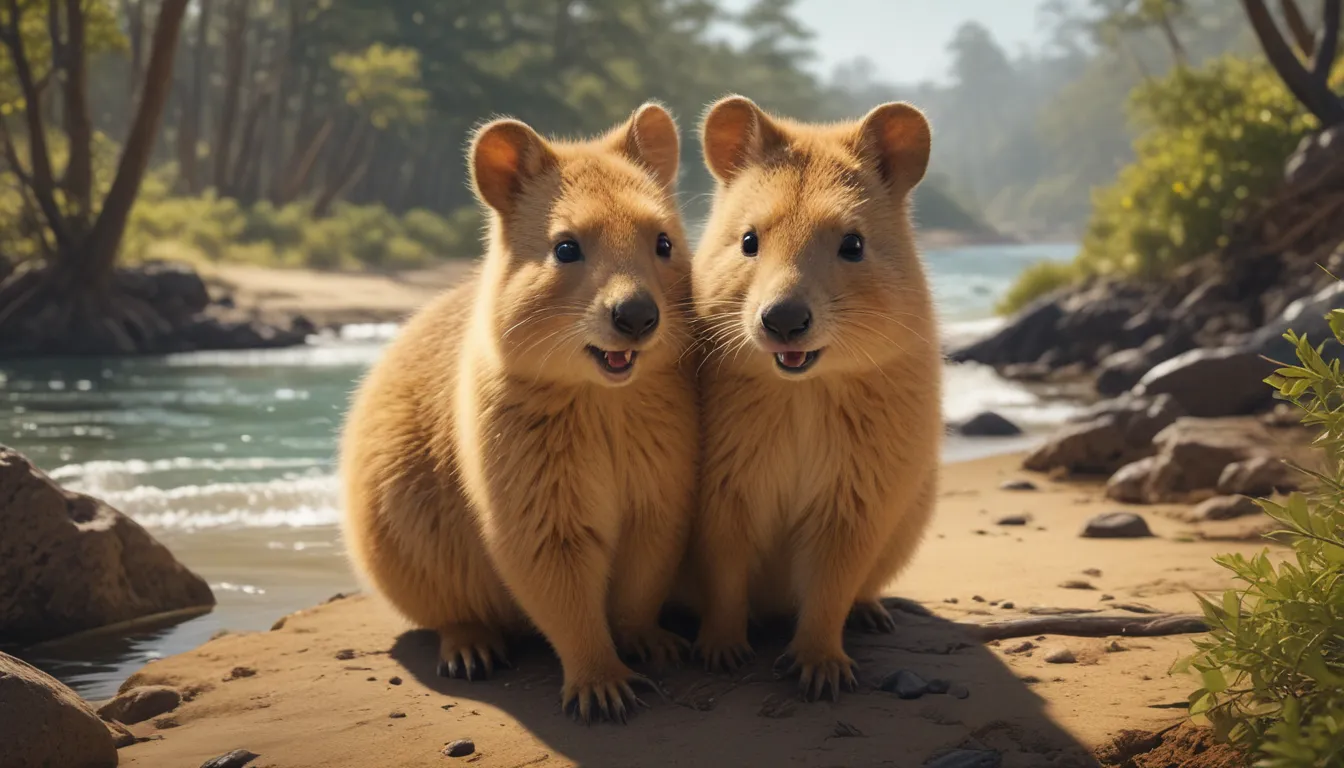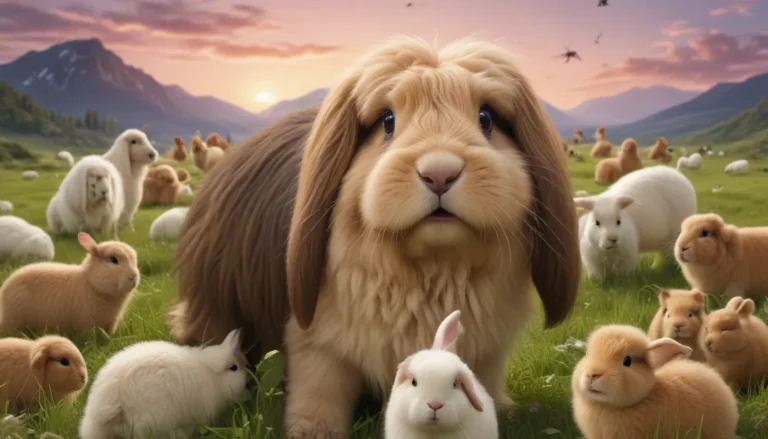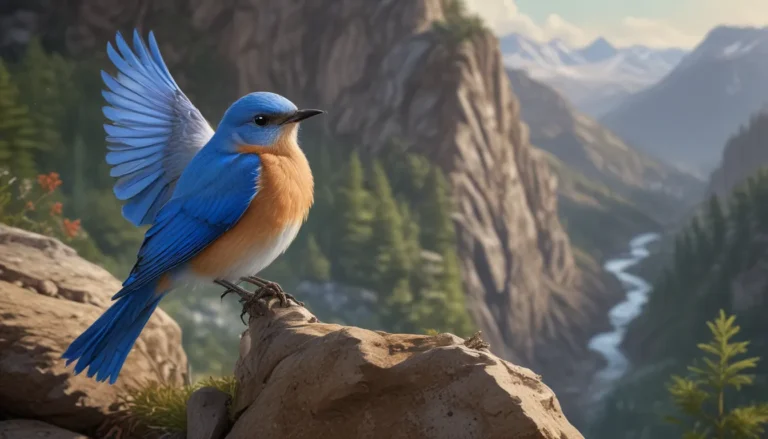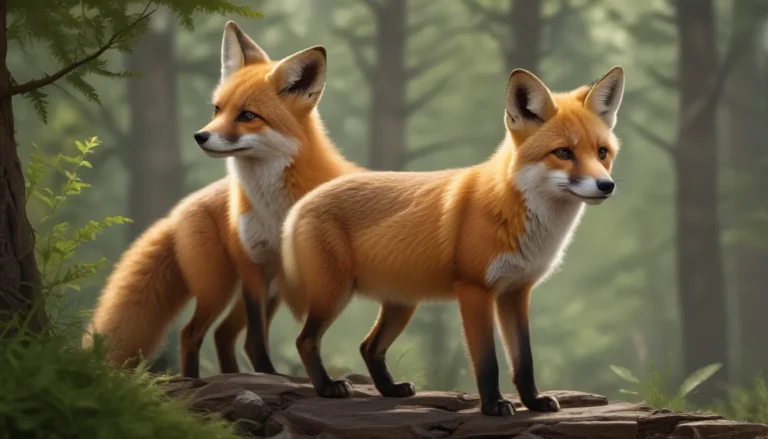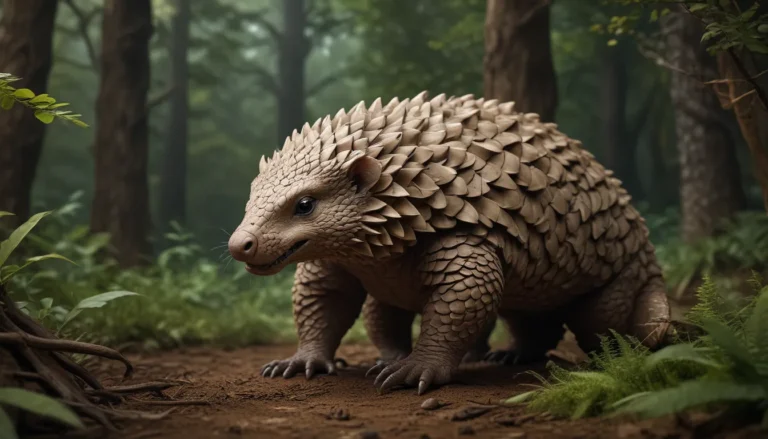The pictures we use in our articles might not show exactly what the words say. We choose these pictures to make you interested in reading more. The pictures work together with the words but don’t take their place. The words still tell you the important facts.
Welcome to the enchanting realm of quokkas, the lovable marsupials that have captured the hearts of many. In this comprehensive guide, we will delve into the fascinating world of these unique creatures, exploring their habits, habitats, and intriguing behaviors. From their limited range in Australia to their clever adaptations for survival, quokkas are truly a marvel of the animal kingdom. So, sit back, relax, and prepare to be amazed by the wonders of the quokka.
Unveiling Quokka Facts Infographics
Let's kick off our exploration with a visual tour of quokka facts. These infographics provide a snapshot of essential information about these endearing creatures, offering a glimpse into their lifestyle and characteristics. From their habitat preferences to their reproductive patterns, these visual aids paint a vivid picture of the quokka world, setting the stage for a deeper dive into their intriguing features.
The Quokka’s Limited Range in Australia
Despite their popularity, quokkas occupy only a small portion of Australia, primarily residing in select regions such as the Two Peoples Bay Nature Reserve, Rottnest Island, and Bald Island. Their restricted habitat poses challenges due to urban expansion and agricultural development, placing these charming creatures at risk. As stewards of the environment, it's crucial to understand and appreciate the importance of preserving these unique ecosystems that quokkas call home.
The Remarkable Ability of Quokkas to Thrive with Minimal Water
One of the most remarkable quokka facts is their ability to thrive with very little water. Despite living near bodies of water, quokkas rarely drink, deriving moisture from the plants they consume, such as the guichenotia bush. This remarkable adaptation allows them to survive in arid environments, showcasing their resilience and resourcefulness in the face of limited water sources. By understanding their unique hydration strategies, we gain insight into the remarkable adaptability of these endearing creatures.
The Quirky Eating Habits of Quokkas: Eating Twice for Nutritional Efficiency
Quokkas may seem like picky eaters, but their quirky eating habits serve a purpose. Instead of chewing their food, they opt to rip and swallow vegetation, only to regurgitate it later for a second round of consumption. This unusual behavior, known as reingestion, aids in better nutrient absorption, ensuring that these charming marsupials make the most of their plant-based diet. By unraveling the mysteries of their dining preferences, we gain a deeper appreciation for the intricacies of their dietary habits.
The Intriguing Reproductive Behavior of Quokkas: Limited Offspring and Maternal Sacrifice
A poignant aspect of quokka life lies in their reproductive patterns, with females typically producing no more than two offspring per year. On the mainland, mating occurs frequently, but the number of joeys remains low, emphasizing the selective nature of quokka reproduction. Furthermore, the striking behavior of maternal sacrifice, where mothers will sacrifice their young when threatened, sheds light on the complex dynamics of survival in the animal kingdom. By exploring these reproductive nuances, we gain insight into the challenges and sacrifices that quokkas face in their quest for survival.
Breaking Stereotypes: The Fearless Nature of Quokkas and Legal Protection
Contrary to popular belief, quokkas exhibit a fearless demeanor towards humans, often approaching them without hesitation. This bold behavior stems from their lack of natural predators and isolation from threats, making them unafraid of human interaction. However, it is essential to respect their boundaries, as touching a quokka is not only illegal but can also result in hefty fines and legal consequences. By understanding the importance of respecting these remarkable creatures, we can ensure their well-being and conservation for future generations to enjoy.
Unveiling the Playful Deception: Quokkas’ Manipulative Behavior for Survival
While quokkas may appear playful and endearing, their behavior is often a clever deception to elicit food rewards from unsuspecting humans. Through their keen observation and adaptation to human interactions, quokkas have mastered the art of manipulation, using their charm to secure food sources near populated areas. By unraveling the mystery behind their playful antics, we gain a deeper appreciation for the ingenuity and resourcefulness of these charismatic creatures.
The Conflicting Perspectives: Adoration vs. Annoyance among Local Residents
While quokkas charm tourists with their cute and playful demeanor, their presence can be a nuisance to local residents. Venturing into urban areas in search of food, quokkas pose challenges to businesses and homeowners, leading to conflicts and occasional interventions to deter their intrusion. Despite their adorable appearance, the juxtaposition of adoration and annoyance highlights the complex relationship between humans and wildlife, underscoring the need for coexistence and mutual respect in shared habitats.
Embracing Nocturnal Habits: Exploring Quokkas’ Active Lifestyle
Quokkas exhibit a preference for nocturnal activities, choosing to be active during the cooler hours of the night. However, they are not strict adherents to this schedule and can also be spotted during daylight hours. Their nocturnal tendencies align with strategic feeding and resting patterns, allowing them to thrive in varied environmental conditions. By understanding their behavioral rhythms, we gain insight into the adaptive strategies that enable quokkas to navigate their surroundings effectively.
The Dual Nature of Quokkas: Cuteness vs. Potential Danger
While quokkas are adored for their cuteness and charm, they possess a wild side that cannot be overlooked. When threatened or cornered, quokkas can exhibit aggressive behavior, using their sharp fangs and claws as defense mechanisms. This dual nature of innocence and danger underscores the importance of respecting wildlife boundaries and understanding the complexities of cohabiting with wild animals. By recognizing their innate behaviors and instincts, we can foster a harmonious relationship with these captivating creatures.
Unlocking the Legend of the World’s Happiest Animals: The Quokka’s Endearing Reputation
Quokkas have earned a reputation as the "happiest animals in the world," captivating the hearts of many with their cheerful demeanor and captivating smiles. Although zoologists refute this claim, citing anthropomorphic interpretations of their behavior, the widespread belief in their contagious happiness persists. Their sociable nature, playful interactions, and carefree demeanor have endeared quokkas to visitors and locals alike, making them beloved icons of the animal kingdom. By embracing the joyous spirit of quokkas, we celebrate the beauty and wonder of these remarkable creatures.
Unraveling Historical Origins: The Quirky Naming of Rottnest Island
The curious naming of Rottnest Island traces back to a historical misinterpretation of quokkas by early European explorers. Mistaken for giant rats by Dutch sailors in the 17th century, quokkas inadvertently lent their name to the island, with "Rottnest" translating to "rat's nest" in English. This quirky anecdote highlights the interplay between cultural perceptions and natural phenomena, shaping the historical narratives and identities of iconic landmarks. By delving into the origins of Rottnest Island's name, we uncover a whimsical tale of cross-cultural discovery and linguistic misunderstandings.
Rediscovering Indigenous Roots: The Aboriginal Legacy of Quokkas’ Name
The Aboriginal origins of the name "quokka" pay homage to the Nyungar people, who initially referred to these creatures as "gwaga." Through linguistic adaptations and cultural exchanges, the name "quokka" emerged as the official designation for these marsupials, transcending historical contexts to become a globally recognized term. By acknowledging the rich heritage and linguistic diversity of Australia's indigenous communities, we honor the enduring legacy of the Nyungar people and their deep connection to the land and its inhabitants.
Preserving a Precious Ecosystem: Quokkas and the Impact of European Settlement
The arrival of European settlers in Australia heralded significant changes in the ecosystem, introducing new species and altering the delicate balance of native flora and fauna. Quokkas, once devoid of natural predators, faced escalating threats from feral animals such as dogs, cats, and foxes brought over by the colonizers. This ecological disruption led to the decline of native species and the extinction of several endemic animals, underscoring the impact of human intervention on fragile ecosystems. By reflecting on the historical legacy of European settlement, we recognize the importance of conservation efforts in safeguarding Australia's unique biodiversity.
In conclusion, the world of quokkas is a tapestry of wonder, resilience, and charm, inviting us to explore the intricacies of these captivating creatures. From their limited habitats and resourceful adaptations to their playful antics and enduring legacy, quokkas embody the essence of Australia's diverse wildlife. By delving into their world with curiosity and respect, we embark on a journey of discovery and appreciation for the natural beauty that surrounds us. So, let's celebrate the magic of quokkas and the enchanting mysteries they unveil, inspiring us to cherish and protect the precious wildlife that enriches our world.
